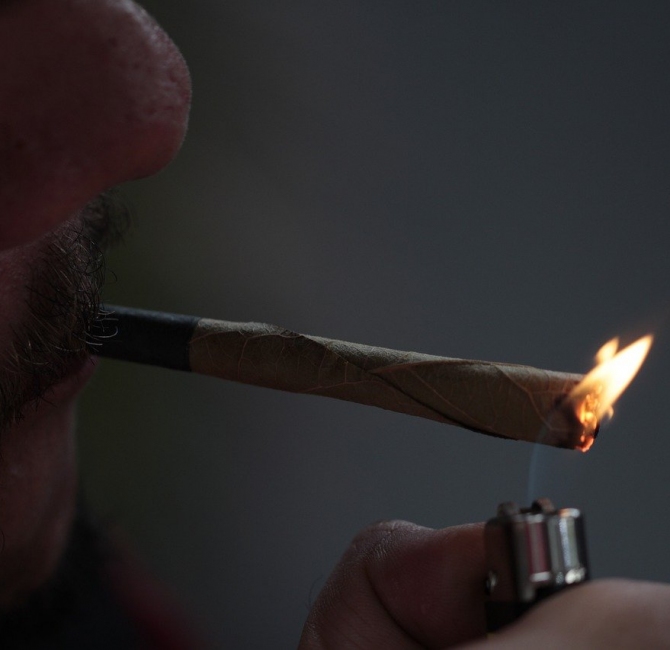In October 2018, the Government of Canada legalized the recreational use of cannabis nationally. Before legalization, cannabis was the most widely used illicit drug in Canada, and consumption increased from 14% to 17% between 2018 and 2019. This rise may be a result of the increases in cannabis availability and circulation and decreases in the perception of harm. Surveys suggest that in the United States, the social acceptability of cannabis has increased and perceptions of harm have decreased after recreational use was legalized in several states. Trends in cannabis consumption may vary by sex, age, ethnicity and socioeconomic status and may be influenced by changing social norms and new legislation.
Studies assessing the differences in cannabis use trends across relevant socioeconomic and demographic groups are essential to inform legislation and public health priorities around cannabis consumption in Canada and among vulnerable populations. In this study, three national survey platforms in Canada were combined to evaluate and compare trends in cannabis use between 2004 and 2017 by age, sex, level of education, recent pregnancy and province.
Methods: A repeated cross-sectional analysis was conducted of the Canadian Tobacco Use Monitoring Survey, the Canadian Tobacco, Alcohol and Drugs Survey and the Canadian Alcohol and Drug Use Monitoring Survey from 2004 to 2017. Respondents were aged 15 years and older. Past-year cannabis use was analyzed using multivariable logistic regression and segmented logistic regression.
Results: There were a total of 289,823 respondents (51% female) between 2004 and 2017. Between 2004 and 2017, the overall prevalence of cannabis use increased from 12.2% (95% confidence interval [CI] 11.0%–13.5%) to 18.7% (95% CI 16.2%–21.5%) among men and from 6.6% (95% CI 5.9%–7.4%) to 11.1% (95% CI 9.4%–13.0%) among women. The crude rate of change was greater between 2011 and 2017 than between 2004 and 2011 in men (odds ratio [OR] per annual change: 1.08, 95% CI 1.05–1.11) and women (OR 1.11, 95% CI 1.07–1.15). After adjustment for age, education, tobacco smoking and province, the 2011–2017 trend was stronger in men (adjusted OR 1.24, 95% CI 1.05–1.46), but not in women (adjusted OR 1.13, 95% CI 0.93–1.37). Cannabis use was associated with tobacco smoking (OR 4.94, 95% CI 4.65–5.25). Heterogeneity was found in cannabis use trends by age, education and province. Cannabis use decreased among respondents aged 15–19 years and increased in other age groups.
Conclusions: Cannabis consumption in Canada has increased and varies by sex, age, level of education and geography. Increases vary by sociodemographic factors and may be faster among certain groups. Further studies are warranted post-legalization.



